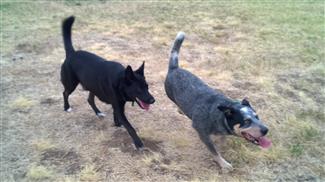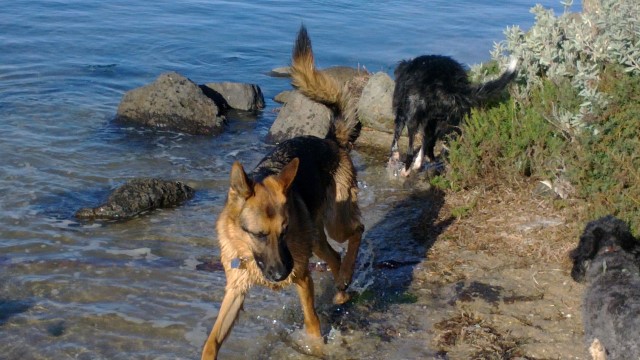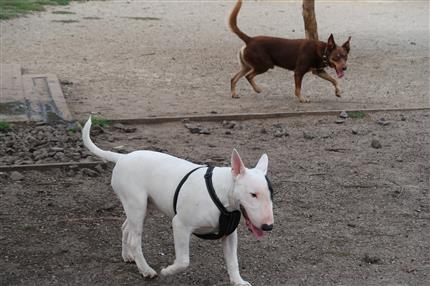Dog training courses & Understanding canine communication
Understanding canine communication – what do you mean?
The answer to why dog communication is vitally important to any dog training course is either obvious or people just don’t get it.
I bring this point up, because you will often find this topic as one of the early ones in any ‘reputable’ dog training course online or otherwise. But again what do they mean?
Of course our understanding of dogs is woefully low. just as a dog looks at its owner and tries to get a feeling of their emotional state or their intentions from the owners face or body language, our whole science of understanding dog communication almost boils down to the same.
The theory of why we can use this to decode exactly what they are thinking is either because we assume they are dumb and we are incredibly smart, OR the usually tripe that dogs are massively expressive creatures. YES most are, but again its your interpretation of what their body is saying, NOT their mind or words ..
It is true that some dogs are, some social dogs are not inhibited at all, but what if your dog is being defensive aggressive or just one emotion or communication.
See, conventional wisdom has it that is all you need to read your dog. Like you can read your wife is upset, and that is all you need to know?!?!
It is true that there are many dog image style sheets available so you can see if a dog is happy, upset, anxious etc. How does it hold its head, its ears, it tail. All tell tale signs of course.
This very approximate, approximation is mostly useful for novice courses where you are trying to train a dog, you read that it is anxious or aggressive, and you just pull a lever (do a prescribed trick) to bring the dog back around to listening to you.
Dog communication approximations lead to average dog training.
You are not diagnosing the problem or really finding out what the dog needs or wants to do. It may or may not want to eat a dog treat, but that is likely got nothing to do with how it is feeling, the many mixed emotions it might be finding inside itself. Yes it is anxious, but what else.
Dog training courses have to be generalized, because they have to write a script of a certain size and sell it to you.
Equating a body language with a dog energy level or emotion might get you fast through the dog training process, but for experts who want to really finesse a dog, they need much more than that.
Basically NO ONE knows what a dog is feeling, and looking at its body will give you one or two emotions at least, not the cause and not necessarily the key for that SPECIFIC DOG.
So what do other dog trainers use to assess dog communication?
The other main technique used is understanding of dog evolution, and a deep understanding of wolf behavior. Because almost all domestic dog behavior is a variant or mutation of wolf behavior.
The combination of body language of a dog, and understanding evolution cues can give great results.
The final frontier in this area is the study of brain science of dogs with MRI machines, It is already happening in military applications, however those aren’t all focuses on making the dog feel better.
The shame of course is that if humans have a very basic grasp on human psychology, and in fact there are probably more journals out there on abnormal human psychology, how can we expect to know another species. We are not dealing with earth worms or a much lower species than ourselves.
Canines are incredibly smart, animal driven, pack orientated, wolf evolved, human cohabiting machines.
To think that dog communication is as simple as seeing how a dog is standing is a gross simplification. No matter what training you do, please consider that when you are ready to take a short cut to a solution, to gaining the training you want !



